Safety Fast – 100 Years of MG
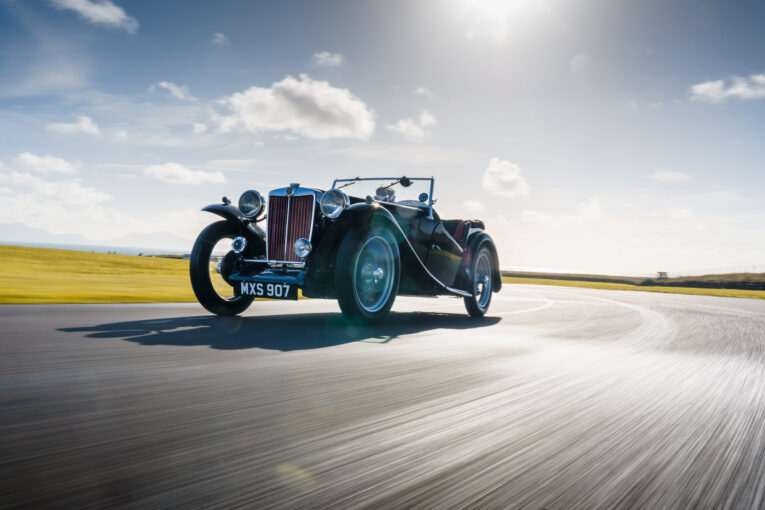
Happy 100th birthday MG! The quintessential British sports car legend that has given us a ton of fun and a whole host of marvellous motors. By rights, perhaps the initials should have been CK after the car maker’s founder, Cecil Kimber, rather than Morris Garages where these souped-up sports Morris models were churned out. Whatever, the smell of old leather, musty interiors, hot engine oil and Plastic Padding body filler will always be part of our classic car heritage because MG remains the byword for serious, yet affordable British sports car (and saloon) motoring – the sort your dad or grandad would have gladly owned and driven with pride back in their days.
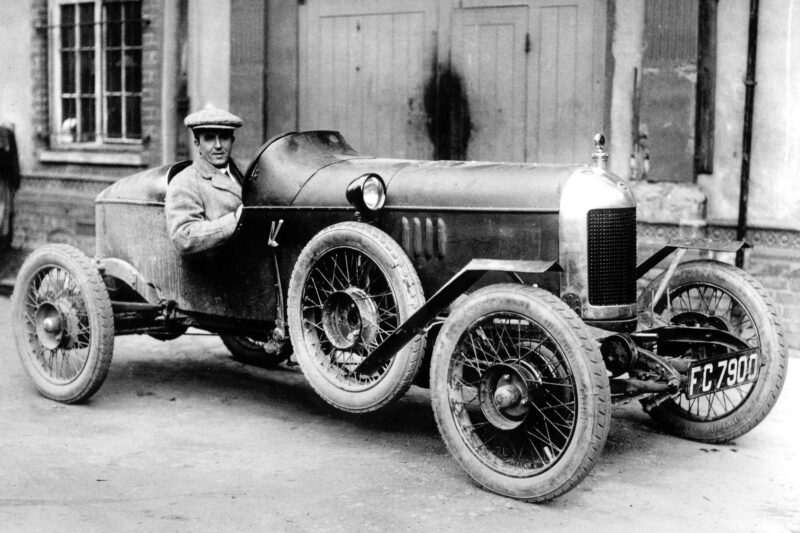
Cecil Kimber behind the wheel of ‘Old Number One’ in 1925.
Kimber was a sales manager at car maker Morris but who also designed and built sports variants of its ‘Bullnose’ tourers, the first of significance being the 14/28 and then what was affectionately known as ‘Old Number One’. That said, arguably the first ‘real MG’ was the ’26 14/40 which not only featured the now famous MG grille and badge but was also registered as an MG rather than Morris. A keen motorsports participant, Kimber saw the immense publicity of MGs competing with the more established manufacturers and humbling them.
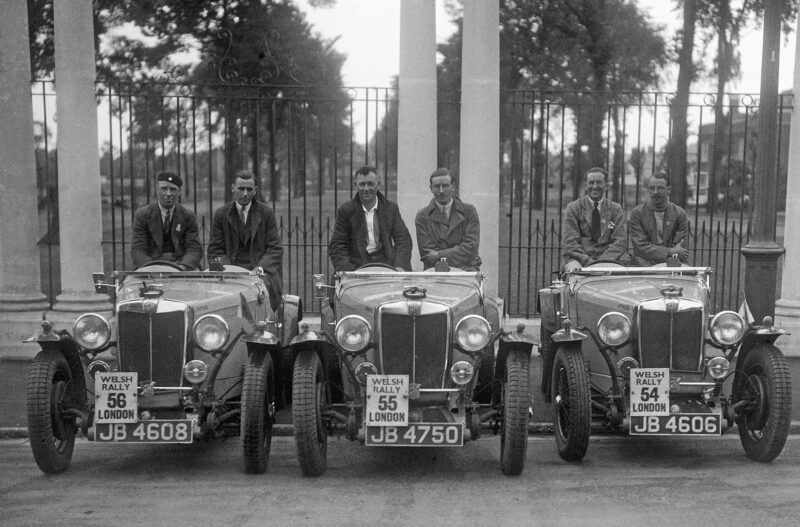
Once settled in at MG’s new home at Abingdon in 1929, the ‘30s became a boon time for Kimber’s classics where the Midget, Magnette and the advanced-for-its-day six-cylinder overhead camshaft Magna sports roadsters were in demand, mostly on the back of their track success. And MGs became a name in land speed attempts scooping a surprising number of records, achieving no less than 202.02mph on the American Bonneville flats in 1934, for instance.
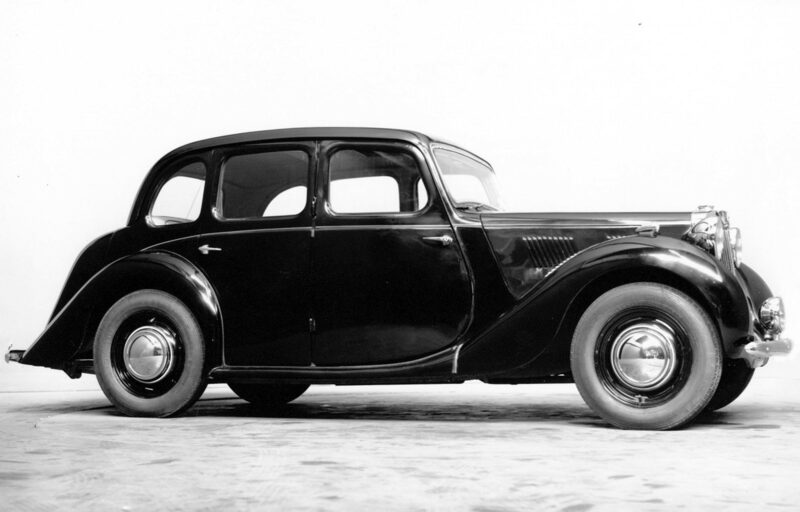
However, around this time Kimber also built some majestic saloons and grand tourers such as the SA, YA and WA, where the trio enjoyed SS Jaguar-type performance coupled with a Bentley-like aura but at much less cost. And no self-respecting raffish-looking Dambuster RAF pilot during WW2 wouldn’t be seen without the keys to a T-Type sports car. Nor an officer with the Y-type saloon derivative for that matter.
Given the success of MG, you’d think that all was well at the Oxford factory but alas, that wasn’t the case. Kimber’s boss, Lord Nuffield, sold Morris Garages along with MG and Wolseley to Morris Motors in 1932 and the new MD, Leonard Lord, wasn’t so charmed with Kimber and his excesses which ultimately led to him being demoted and then dismissed from the marque that he’d so carefully cultivated. Four years later in 1945 Kimber was killed in a bizarre train accident in London.
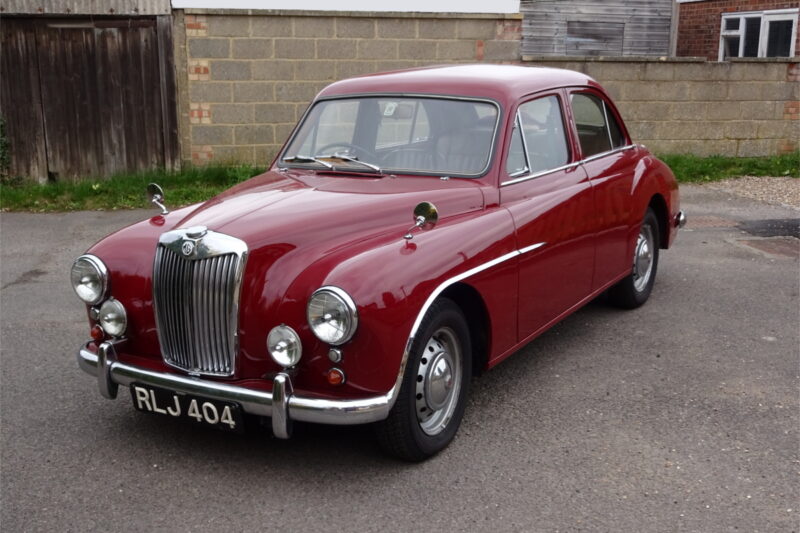
MG, however, not only lived on but thrived, even after the 1952 merger of Austin and Morris to create the British Motor Corporation (BMC), and what’s more, on a shoe-string, produced its best models during the decade – the Magnette saloon and the MGA sports car. Although the former was loosely based on the four-door Wolseley 4/44, the ZA Magnette enjoyed a character of its very own and has been frequently regarded since as a poor man’s Jaguar 2.4 with a similar plush interior, less go but better handling.
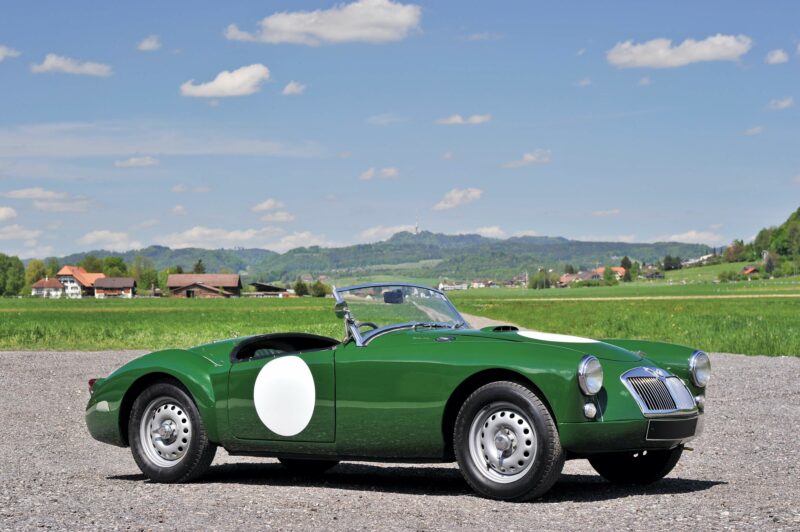
The MGA is still widely reckoned as MG’s best ever sports car even though it was little more than a re-clothed, rehashed TF, complete with its agricultural pre-war chassis. However this super sleek sportster benefited from Le Mans development which meant that it drove as good as it certainly looked. And never more so than once equipped with the race-bred twin cam engine that, in 290bhp supercharged tune, powered the EX181 teardrop-shaped land speed record holder. Driven by the legendary Stirling Moss it reached an incredible 245mph.
Sadly as a road engine the ‘unblown’ but extremely handsome 108bhp 1588 B-Series engine was pretty hopeless durability-wise and so was withdrawn from service in 1960 after an all too short two year production run. But at least it beat Colin Chapman’s not too dissimilar Lotus-Ford icon to the table by four years and was the fastest ever production MG until the BGT V8 came along decades later.
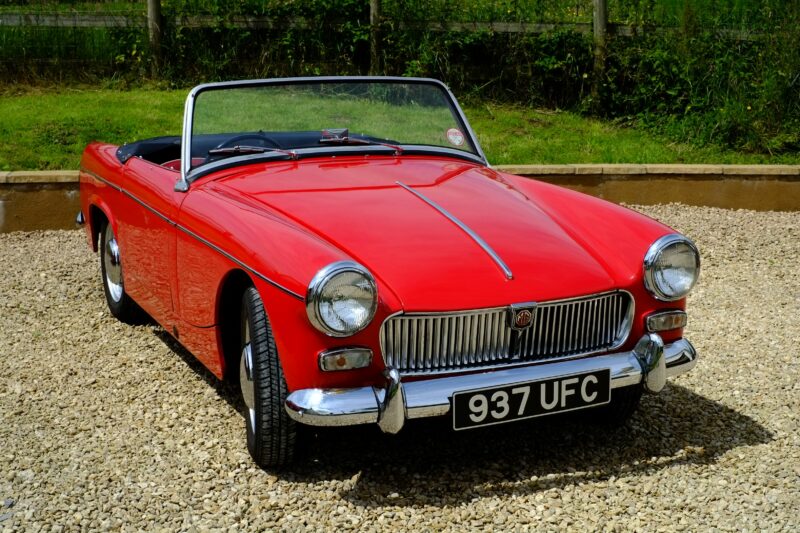
If nothing else the 1950s showed that Abingdon was still full of ideas – if only BMC had the cash and guts to back the engineers. In fact, before the Mini was even launched, MG had a trim-looking Pininfarina-styled roadster based upon the forthcoming Minivan which showed promise until the project was shelved. Instead it signified the start of a slow protraction for poor old MG; the ’new’ Farina Magnette was little more than a jazzed-up costlier Morris Oxford costing £200 more (and the press weren’t afraid to say so) and the new Midget sports car was just a re-badged Austin-Healey Sprite once its distinctive funny-faced frog-eye look was junked.
Much was hoped with the MGB as rumours spread about a modern suspension layout and Vee engines to go with its monocoque build. Yet when launched in 1962 the roadster was almost retro relying on carry over parts from the war-time TD – small wonder rally legend Roger Clark was fond of calling the MGB a two-seater Morris Oxford!
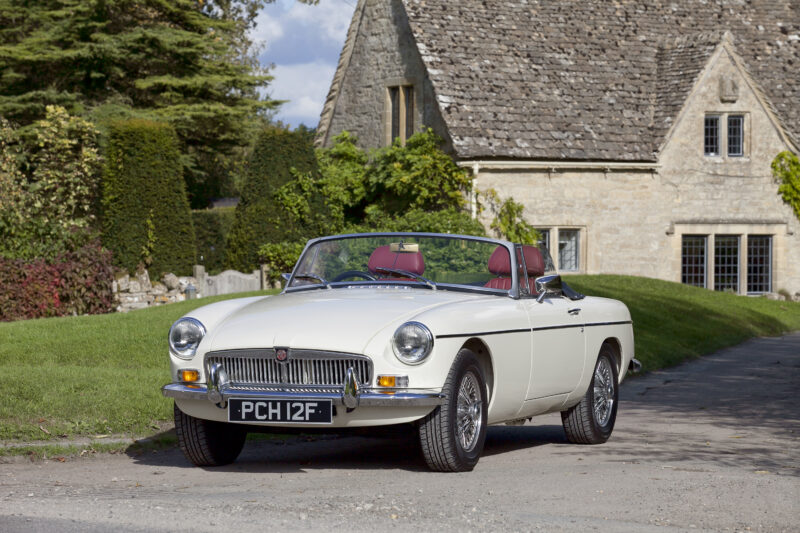
The good news was that at least the trusty B-Series engine was stretched to 1.8-litre and 95bhp for decent poke, something MGAs always lacked. Nevertheless and despite positive road tests, in the face of the growing popularity of civilised sports saloons such Ford’s Cortina and not to say BMC’s own Mini Cooper or MG’s twin carb take on the perky and pleasing 1100/1300 saloons, cries for a B with more sting came thick and fast. Yet with the legendary hairy-chested Big Healey about to be pensioned off, in 1967 a penniless MG could only stuff in a lazy lorry-like six pot which had been forced on Abingdon for the MGB. A ponderous poor handler, totally alien to Kimber’s principles, the MGC lasted only two years in production.
Ever since Mini racer extraordinaire Ken Costello shoehorned in Rover’s evergreen V8 into a roadster that he just happen to have lying around in 1969, MG diehards demanded Abingdon do the same. Yet when the factory finally relented in 1973, the BGT V8 could only muster less than a quarter of MGC sales. This was chiefly due to the fact that the ‘poor man’s Aston DB2’ (as the press dubbed it ) couldn’t be sold in the vital US market thanks to this now American-powered MG not meeting the emission regs requirements! Also the not overly thirsty V8’s launch came just as the famous Energy Crisis and fuel shortages hit home. Great timing…
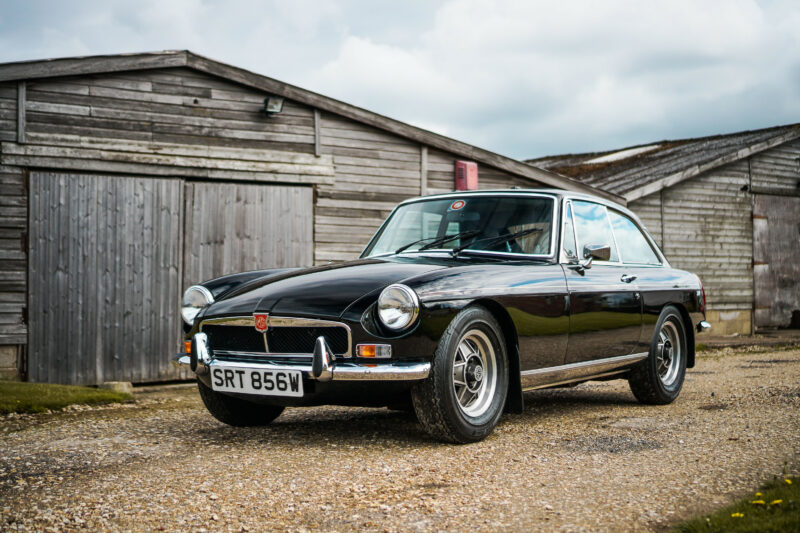
But another reason why the MGB we all wanted failed to find less than 3000 welcoming homes was also because car enthusiasts of the 1970s had become far more discerning and less willing to put up with what was now a decade old design for the £600 premium asked over the MGB GT. And besides, there was now so many great and far better value tin tops to choose from during this decade, including a feast of fine fast Fords, the awesome Alfasud, Golf’s great GTi, Triumph’s Dolomite Sprint and TR7 (the latter of which was intended to replace the MGB) – and even now vivacious Vauxhalls for goodness sake.
Hampered by raised ride heights and heavy bulky black bumpers all to appease 1975 US safety regs, and like it or lump it for the rest of us, MG’s were now a bit of an archaic joke among the likes of hot Escort, Capri and smug TR7 drivers. The acerbic Car magazine was a particular critic of both the Midget and MGB (“so old, so tired”, “arthritic” and “decrepit” were just some of their many scathing, if justified, verdicts) and yet MGs were still selling well across the Atlantic. But with every US export costing the company a claimed £900, the decision to close Abingdon was really a foregone conclusion, albeit not before valiant last ditch attempts by owner’s clubs and Aston Martin to save the Octagon badge.
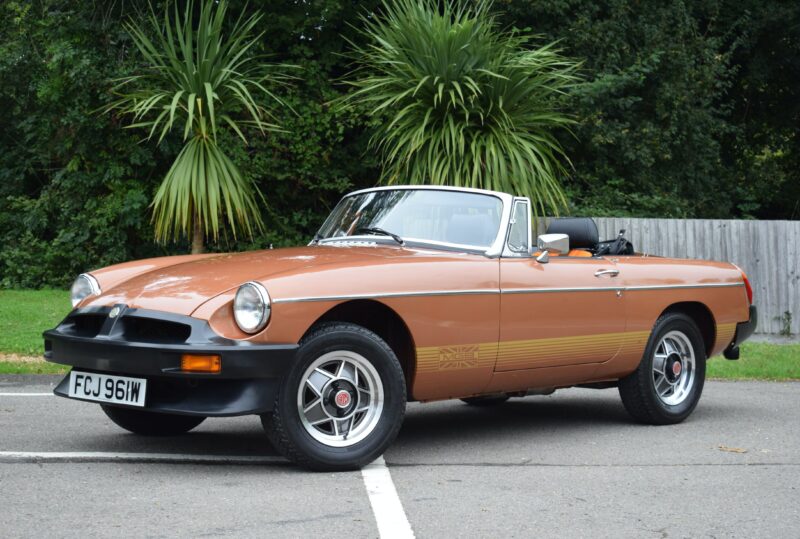
The revamped, restyled MGB prototype (designed by DBS stylist William Towns) gained some traction before stalling at the last minute by a dose of harsh reality and probably TR7 popularity. On October 24th, 1980 the inevitable happened and folklore has it that, after half a million sales, the last MGB exported to the States was bought by a certain Henry Ford II, for his personal museum!
Yet although the factory closed, the MG name somehow lived on and not only that, went through a bit of renaissance during the 1980s, gaining respectability once again but this time with the Octagon badge placed on specially hotted up Metros, Maestros and Montegos. There was also a brilliant V6 mid-engined EX-E concept car and the awesome Audi Quattro crushing mid-engined, four-wheel drive 380bhp Metro 6R4 Group B rally weapon, developed by the Williams Grand Prix outfit – at the time when they were front runners, that is.
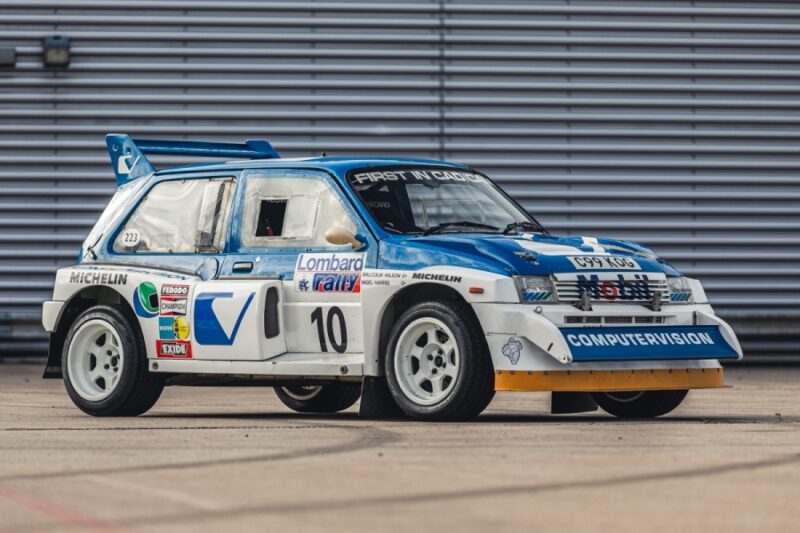
The pastiche RV8 of 1992 was the B reborn but as a limited edition to keep the the well off, middle-aged Leslie Phillips-lookalikes – who possibly bought MGBs 25 years previously – happy plus showcase the new Heritage bodyshell business. Thankfully, in complete contrast, the sweet MGF was all new and amply proved that while MG had been out of the sports car game for 15 years, it had kept abreast of the times and wasn’t prepared to live in the past any more. A new revitalised range of Rover-based saloons, hatchbacks, estates and even a van – now colloquially known as Z cars by a new young generation of MG enthusiasts – was the final swan song before MG Rover folded for good in 2004 only to be become an automotive Chinese takeaway where MG was changed to infer ‘Modern Gentlemen’ .
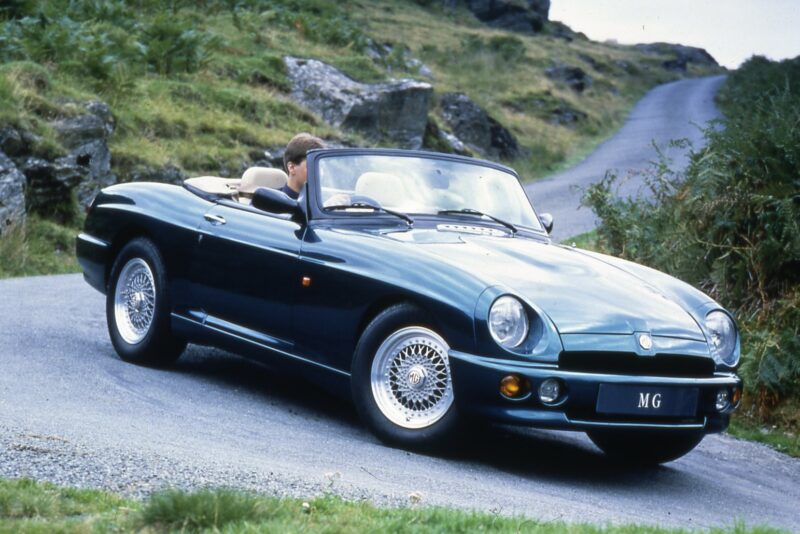
Although the writing was on the wall once BMW unceremoniously dumped what was left of British Leyland (but only after plundering Land Rover’s expertise), MG was not going to out without a bang care of the ambitious and seriously good Porsche rivalling (if 911 priced) SV supercar; a very respectable return to Le Mans and a couple more land speed records, which included the World’s fastest estate (ZT-T), clocked at 225.6mph to bring the tally to almost 50. You’ll still find MGs competing on the tracks by Octagon lovers of all generations and although the company has embraced the electric we still have a century of suck, squeeze, bang, blow MGs to appreciate.
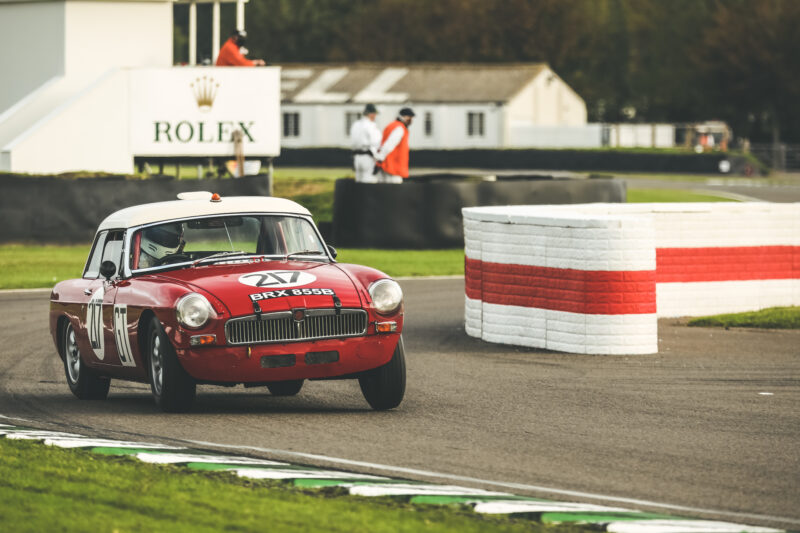
Away from cars, Cecil Kimber’s other passion was for sailing which he thought had much in common with good sports cars; that the experience isn’t about pure speed for speed’s sake but the thrill of the whole thing. Which still sums up MG’s ‘Safety Fast’ philosophy rather well, even 100 years on.
Start your MG journey by searching the myriad models we have available here at Car & Classic.


